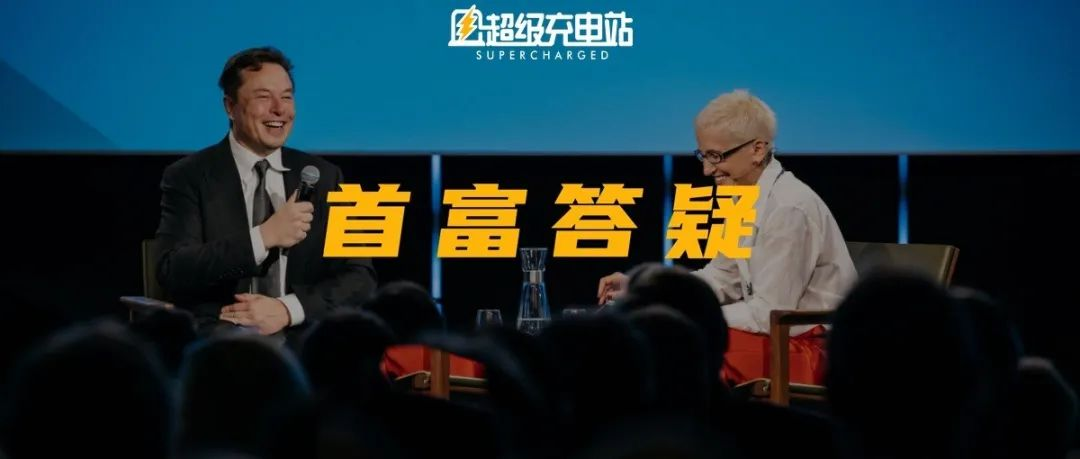Author: Chang Yan
Elon Musk has been interviewed quite frequently lately.
He has appeared in various styles and types of interviews and conversations, from government agencies to industry organizations, from media summits to private podcasts. Musk’s busy figure can be seen everywhere.
Behind his frequent voice, on the one hand, it is because Tesla is entering different regions of the world in various profound forms, and Musk needs to strengthen the local people’s understanding and recognition of Tesla with a more positive attitude; on the other hand, Tesla under Musk’s management has entered a new stage of transformation, and Musk himself is in deep thinking about the development of the enterprise, and new ideas are emerging.
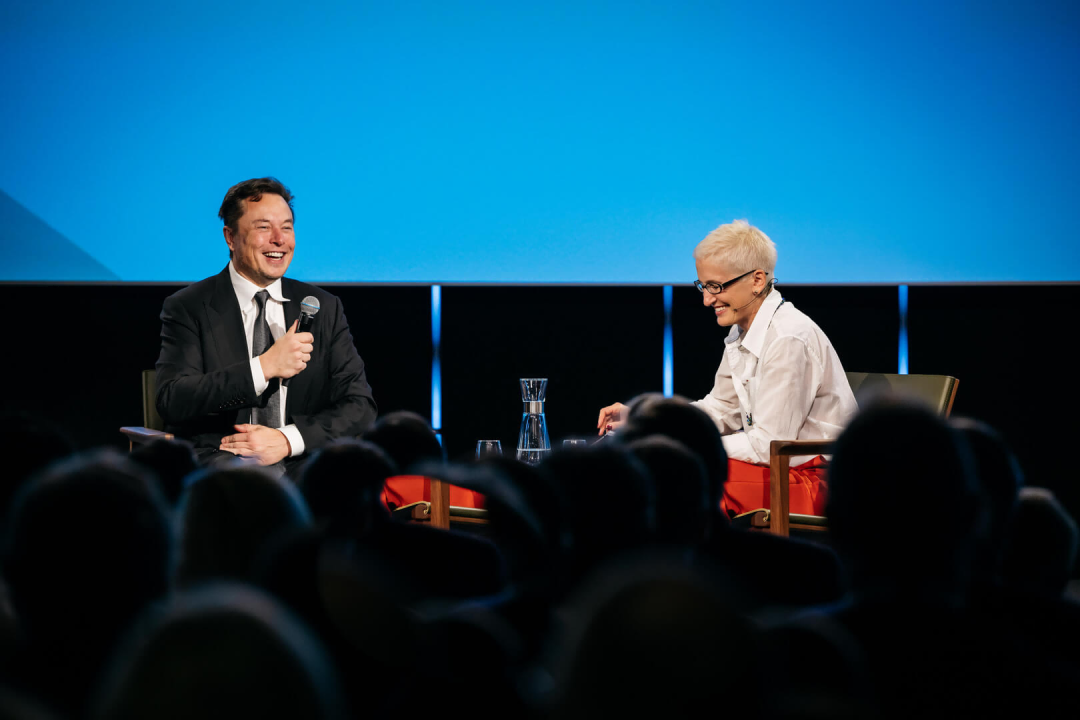
However, inevitably, in these different interviews, sometimes the questions and answers seem repetitive, and some rapidly changing issues will also have new answers a few months later.
Recently, Musk was interviewed by Xenia Wickett at the ONS 2022 conference held in Norway, and the dialogue lasted for 25 minutes.
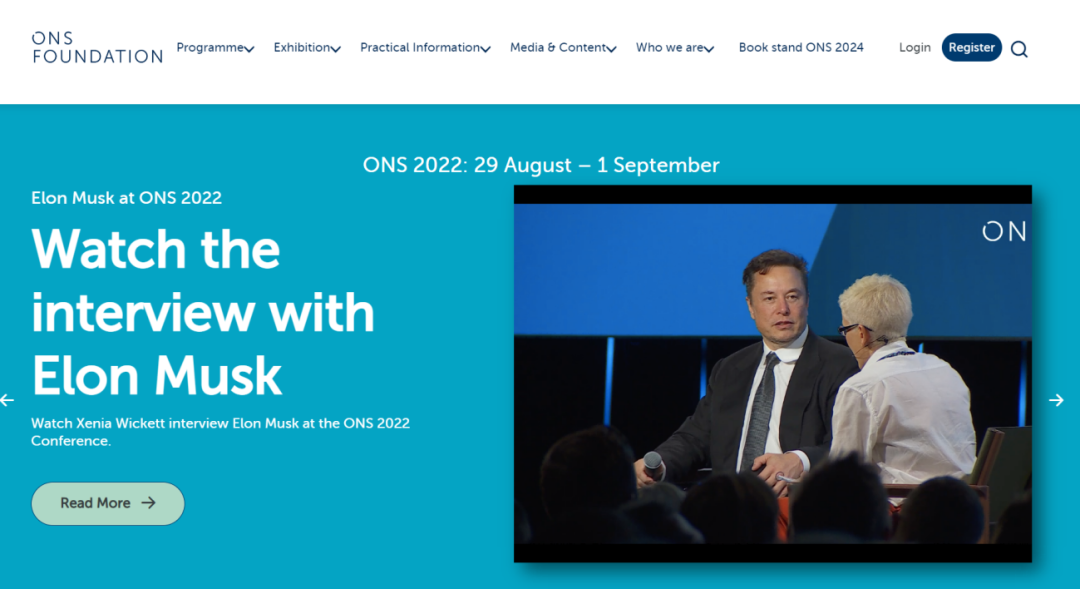
ONS stands for Offshore Northerns Seas, a foundation dedicated to providing services to oil and gas companies operating in the North Sea Basin, sponsored by the Norwegian king, and has established an international network of representatives from industry, authorities, academia, and research institutions. Since 1974, ONS has held a summit every two years, focusing on exploring new trends in the energy industry.
This interview had two obvious features: one was a focus on the deep foundation related to the construction of new energy, and the other was summarizing the hot issues of recent Musk interviews, which is very suitable as an overall understanding of Musk’s current thinking framework. We summarized the core content as follows:
1. How to improve the credibility of Twitter information?
- This is indeed a rather philosophical question. I do believe that in general, people want to know that the information they receive is accurate, represents the whole picture, and without bias.
 I believe that transparency is one of the key factors in building trust, allowing people to truly understand how it works. For a social media company, for instance, people should know what the algorithm is. We should open-source the algorithm so people can know and critique it, so it’s not a black box. Then, if the personnel of the social media company make any changes, it should be clear and transparent, so it’s not hidden.
I believe that transparency is one of the key factors in building trust, allowing people to truly understand how it works. For a social media company, for instance, people should know what the algorithm is. We should open-source the algorithm so people can know and critique it, so it’s not a black box. Then, if the personnel of the social media company make any changes, it should be clear and transparent, so it’s not hidden.
I believe in the free flow of ideas.
2. What actions are more likely to bring a better future?
—— To give humanity a convincing and civilized future, we must have a clear path to a sustainable energy future. This is one of the things I think everyone would agree on.
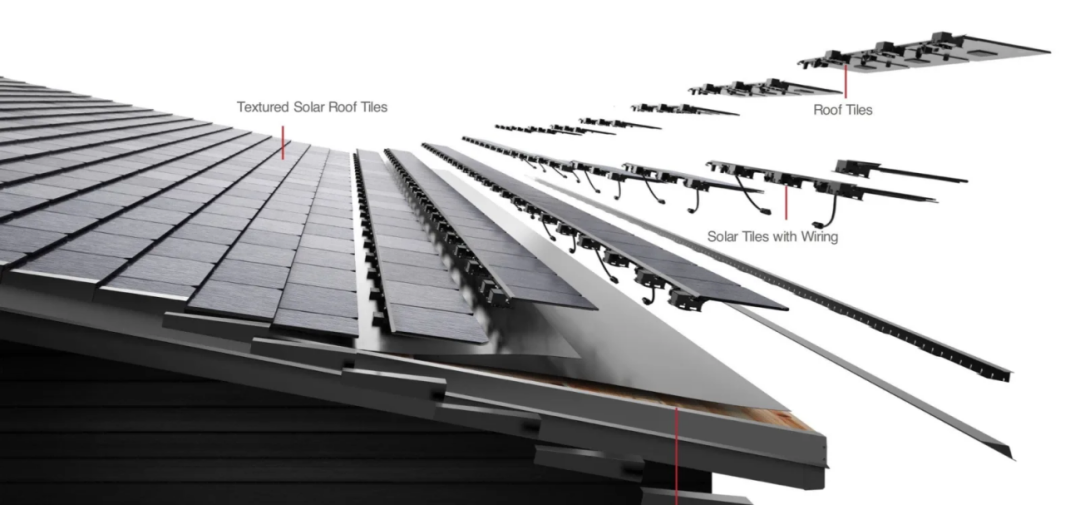
Let me make it clear that I’m not someone who demonizes oil and gas. They’re necessary right now or civilization won’t run. So I do think we actually need more oil and gas right now, not less.
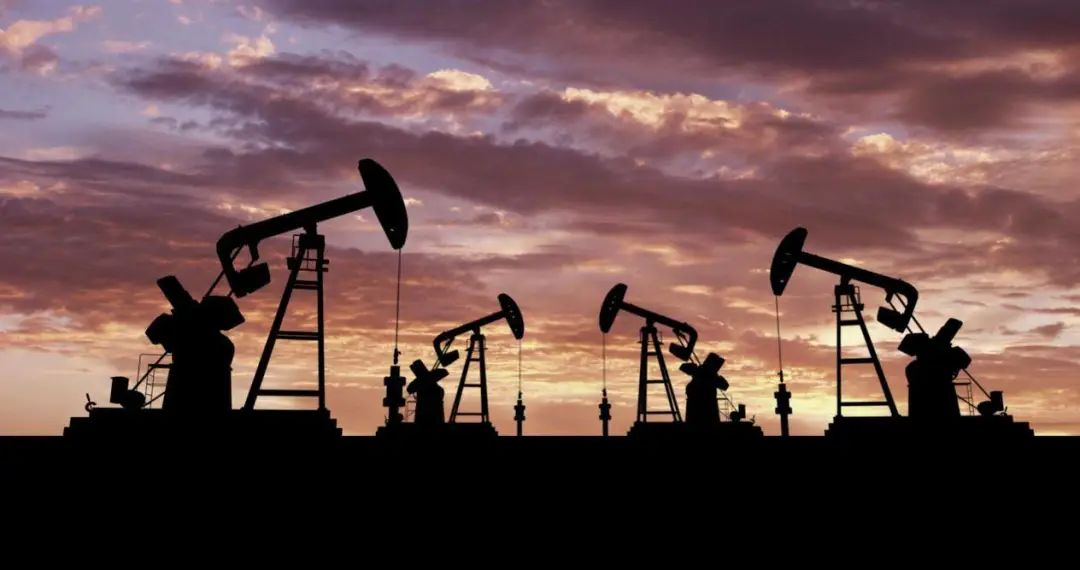
But at the same time, we need to move towards a sustainable energy economy as quickly as possible. I’m pleased to hear about the tremendous effort in harnessing the power of sea winds in Norway. It’s a huge potential that hasn’t yet been fully utilized. If you make a 100×100 wind power array, deploy 10 megawatt systems at each point, you’ll have 100 gigawatts of capacity. Then, you really need to combine it with a fixed battery pack to store the energy because sometimes the wind blows and sometimes it doesn’t. So, you need to use battery packs to store it, and Tesla and other companies are doing this.
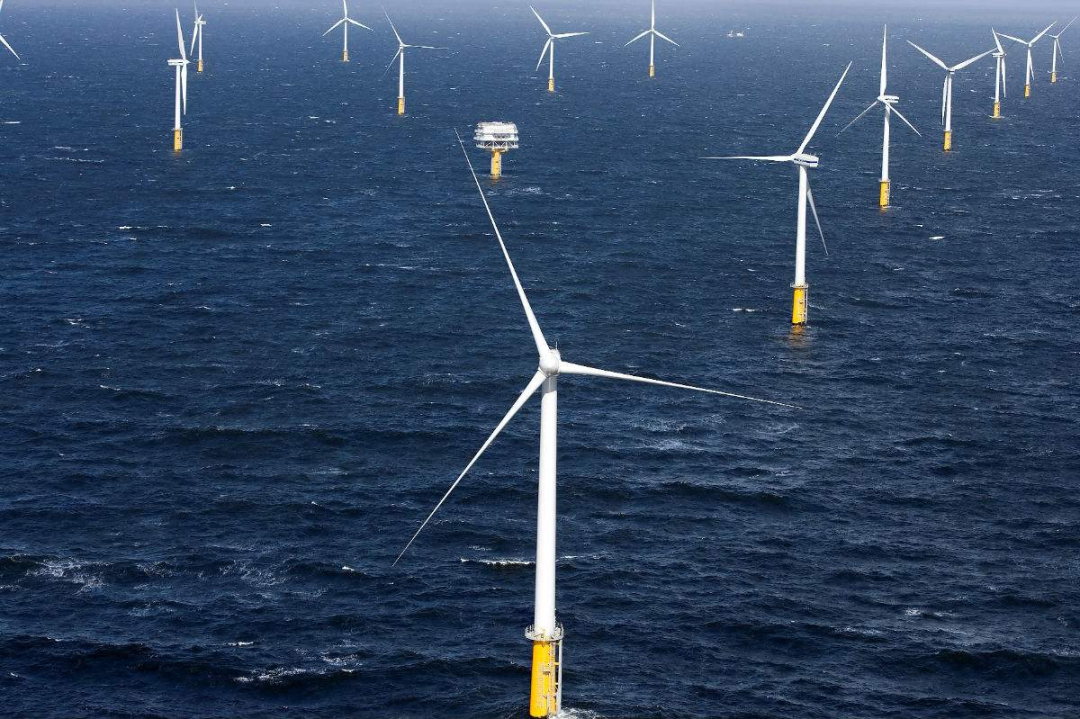
3. What is the cornerstone of the sustainable energy future?
—— The cornerstone of a sustainable energy future is sustainable energy production, including hydropower, geothermal, wind, and solar energy. I’m pro-nuclear as well. I think we really should keep using nuclear power plants, and I know it’s an unpopular view in some ways, but I think if you have a well-designed nuclear power plant, you shouldn’t shut it down, especially now.
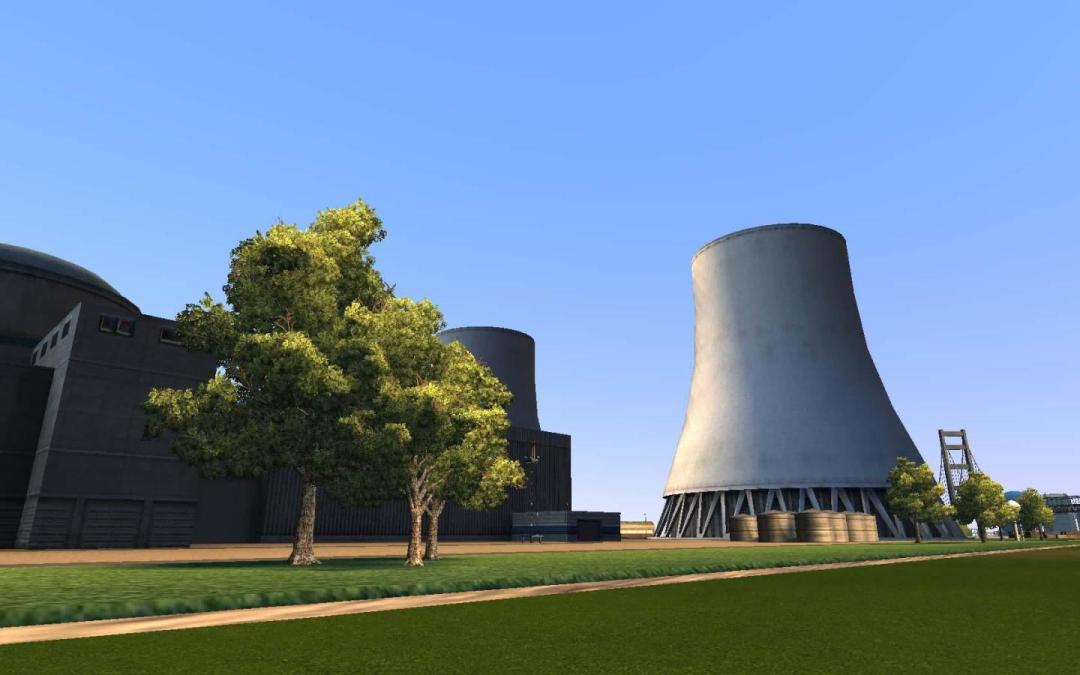 Therefore, the pillar is sustainable energy production, but energy storage is also necessary. The two main sources of sustainable energy, wind and solar energy, are intermittent as the wind does not always blow and the sun does not always shine. Therefore, it is necessary to store energy in fixed battery arrays. The third element is electric vehicles. Ironically, rockets will not be a new energy source but driving cars, trucks, planes, and ships with electricity.
Therefore, the pillar is sustainable energy production, but energy storage is also necessary. The two main sources of sustainable energy, wind and solar energy, are intermittent as the wind does not always blow and the sun does not always shine. Therefore, it is necessary to store energy in fixed battery arrays. The third element is electric vehicles. Ironically, rockets will not be a new energy source but driving cars, trucks, planes, and ships with electricity.
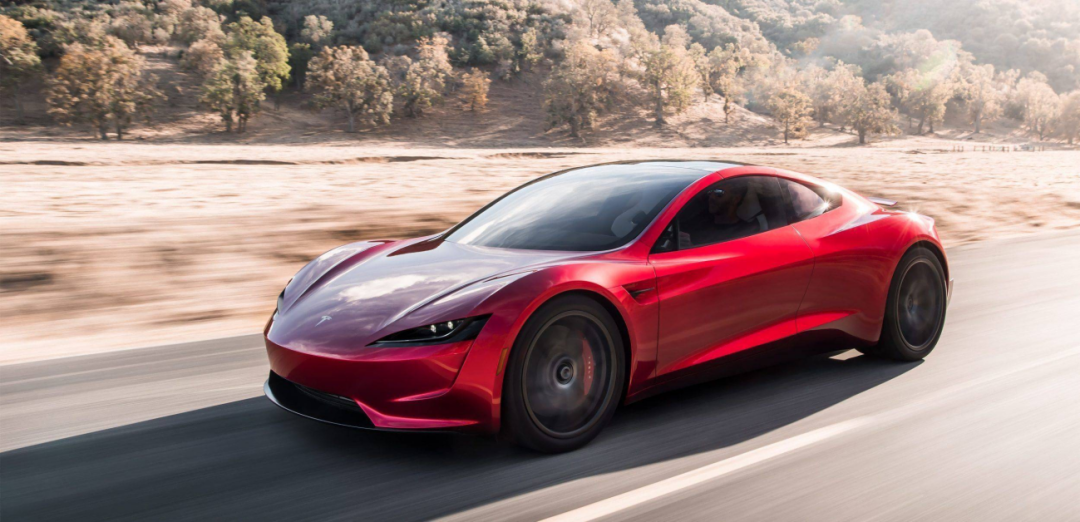
4. Are you developing sustainable rocket propellants?
- We do have a plan to produce sustainable rocket propellants. In fact, about 80% of our propellant is liquid oxygen, which can be obtained from the atmosphere. Then we will use methane fuel, which accounts for 20% of the propellant. However, you can also produce CH4 and O2 sustainably from CO2 and water, H2O, in the long term. Therefore, this is a sustainable long-term path for rockets and must also be achieved on Mars.
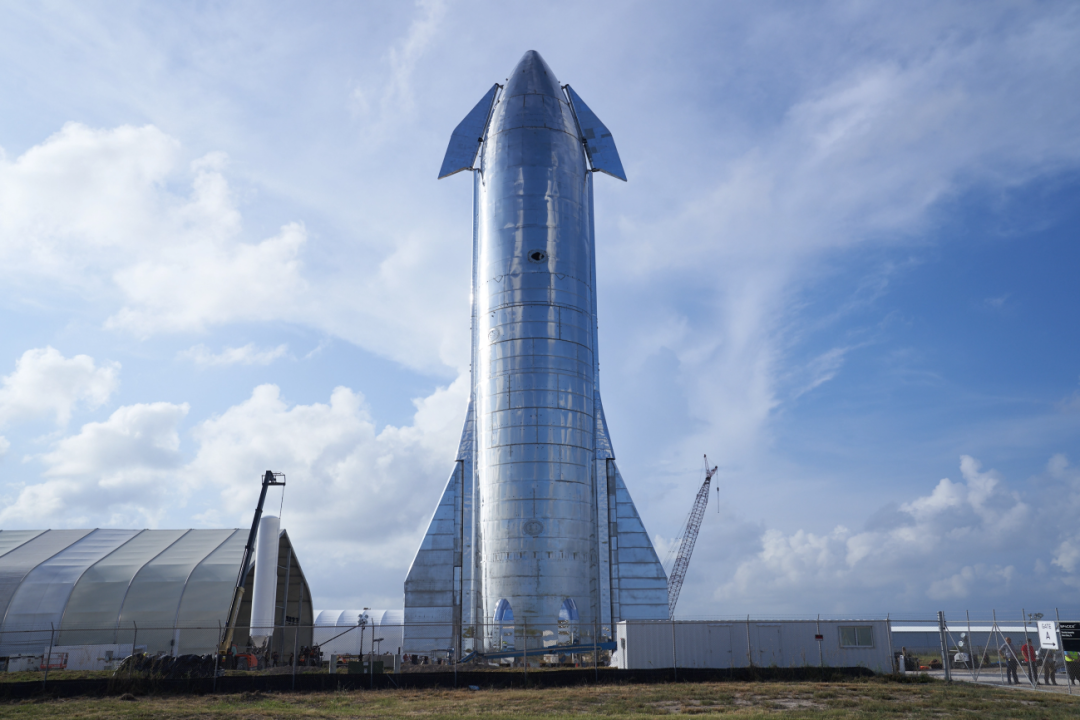
We have indeed started using green energy for some of our propulsion. However, the percentage is currently small, but it will be significant in the future.
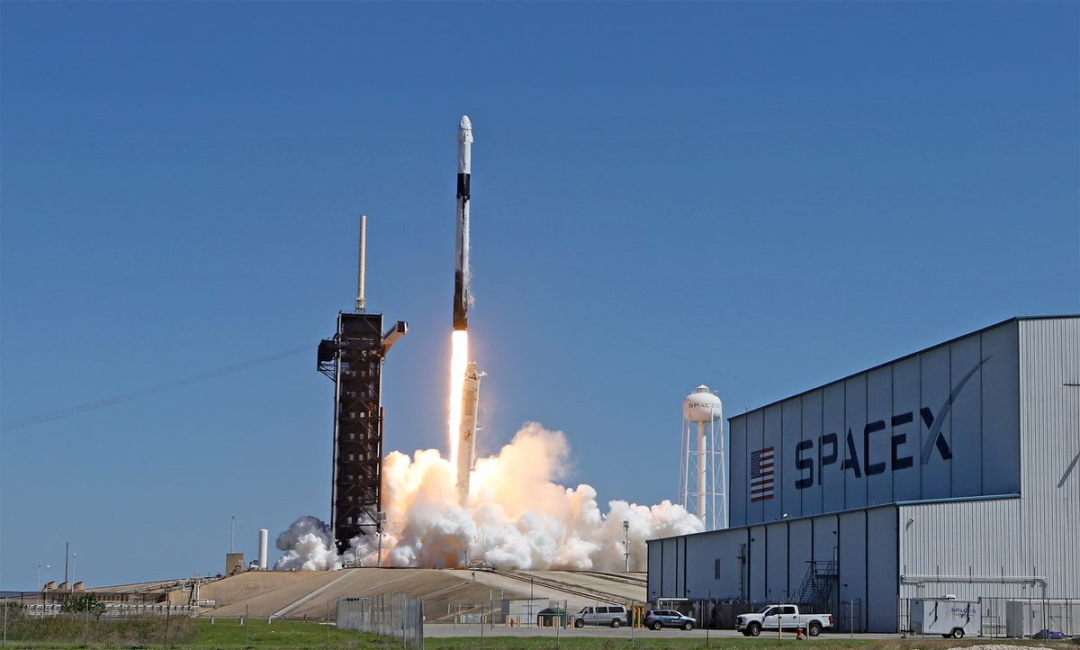
5. What is your opinion on the rapid development of the automotive industry towards electrification?
- I think we will see huge changes in the next five, ten, or fifteen years. By 2030, I would say about half of new cars will be electric, and by 2035, it may reach 80% or a similar level, and possibly even higher. The automotive industry is rapidly moving towards electrification.
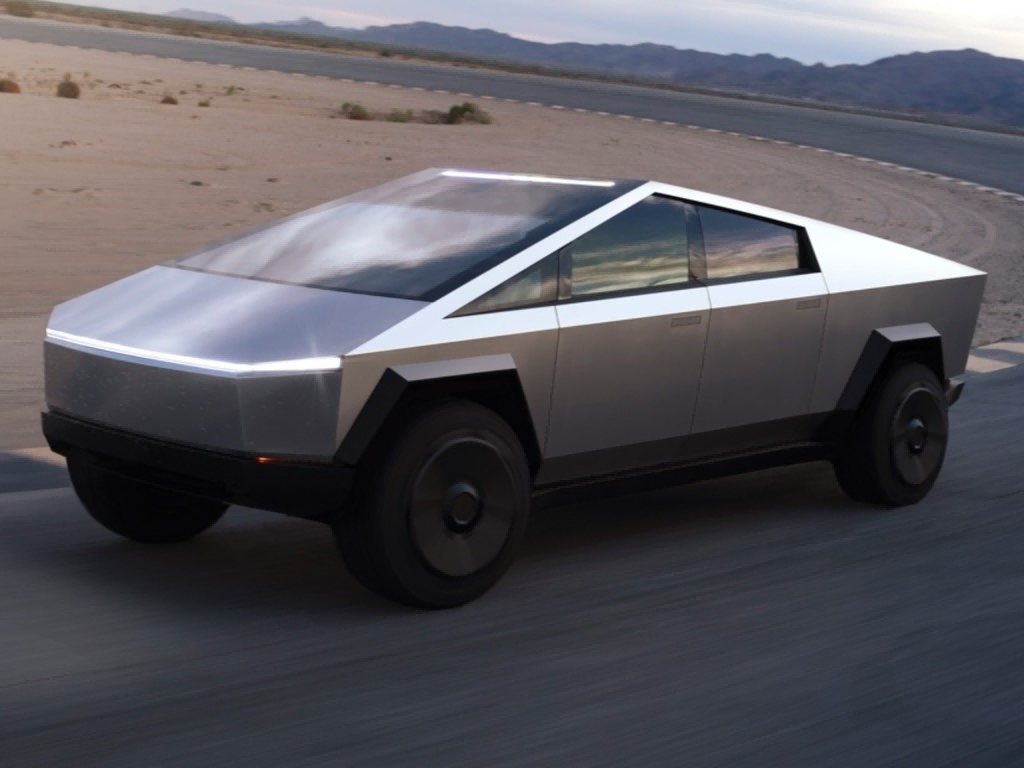
One country after another, and one state after another, is setting zero-emission targets. Recently, California passed a policy requiring all new cars to be zero-emission by 2035. Therefore, it is clear that electrification is the way to go for people on Earth.
So we will see significant changes in this regard, and if you look at Norway, you will see an advanced version of electrification because I believe Norway has already entered the age of electric cars for most new cars. So, that’s cool.
 ### 6. What are the factors that limit the speed of our transition to sustainable energy?
### 6. What are the factors that limit the speed of our transition to sustainable energy?
I think the main factor is the speed of increasing battery production. What are the battery components in lithium-ion batteries? Obviously, there is lithium, and the main cathode materials will be metals, which are nickel, manganese, and iron. On the anode side, carbon and graphite are mainly used. Therefore, in a sense, you have isolated a little carbon into the battery and added some organic silicon to the anode side to increase energy density. Then there are electrolytes, and so on.
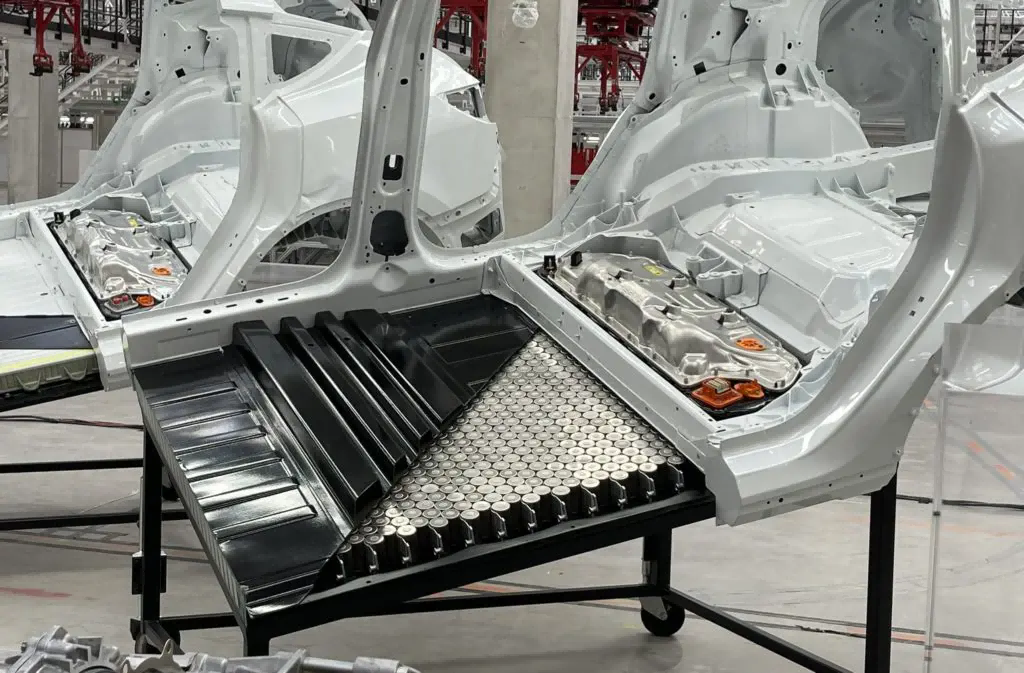
The main limitation is not that these metals are very rare, but that a large amount of processing equipment is needed to extract ore and convert it into battery-grade materials. Because the positive and negative electrodes of battery-grade must be extremely pure to make the battery can be used for a long time. Therefore, the efficiency of processing these elements limits the speed of our transition to sustainable energy.
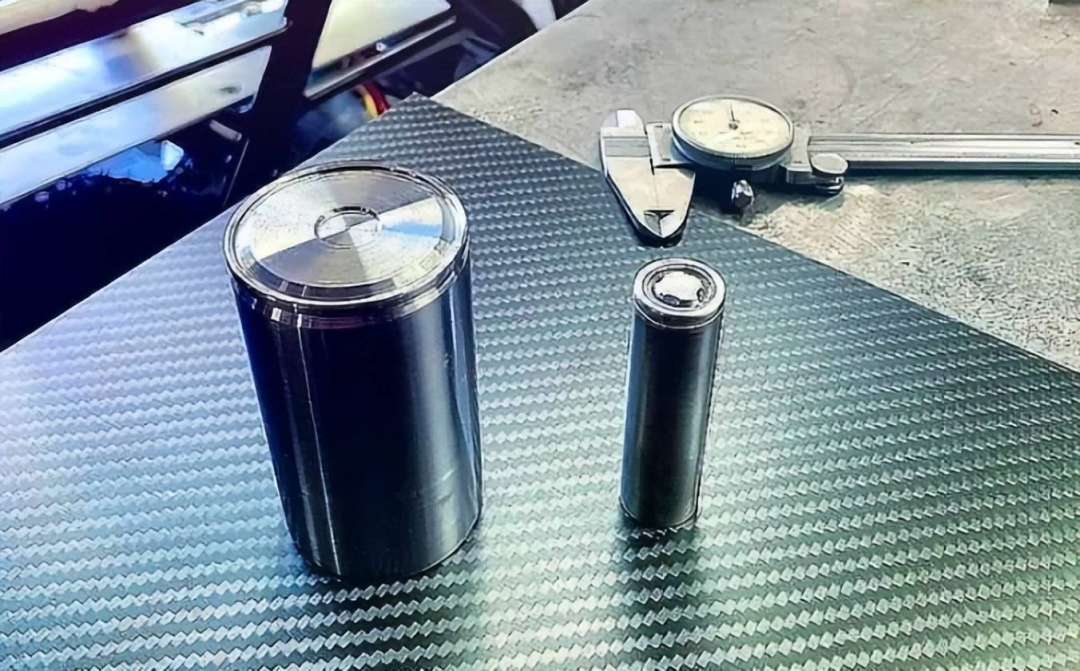
7. What will be written in the update of Master Plan Part 3?
I’m developing Master Plan Part 3, which focuses on the steps needed to expand sustainable energy and what the limiting factors are. How can we potentially accelerate these efforts? Hopefully, I’ll be able to finish it in a month or two.
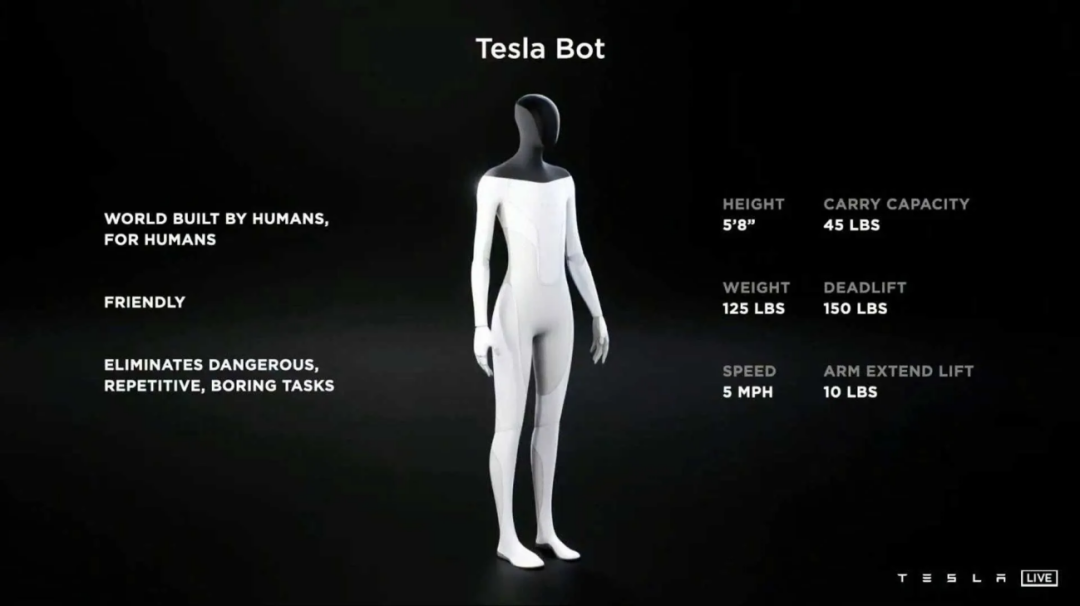
8. How to accelerate the processing of elements required for batteries?
Well, those materials I mentioned are really important. There is actually a lot of lithium on Earth, it’s everywhere, it is one of the most common elements on Earth, and iron is the same, and carbon is also. You usually combine phosphorus with iron, so it’s iron phosphate (FePO4).
So, rather than saying that raw materials are constraining development, it is more about the efficiency of converting raw materials into the high-purity form used for batteries that is limiting development. There is still a lot of processing needed, this is just a question of what we can do to speed it up or even faster. So, these are all happening, it’s just a matter of time.

9. Are there limitations on the transition to sustainable energy?
I haven’t seen any limitations, it’s really just a question of what actions we can take to make it faster. We should increase the speed at which we convert ores into battery-grade materials, increase the speed at which we produce electric cars and fixed battery packs to capture solar and wind energy.I want to say that this is an optimistic and positive message, but obviously, if we can make them go faster, it would be even better.
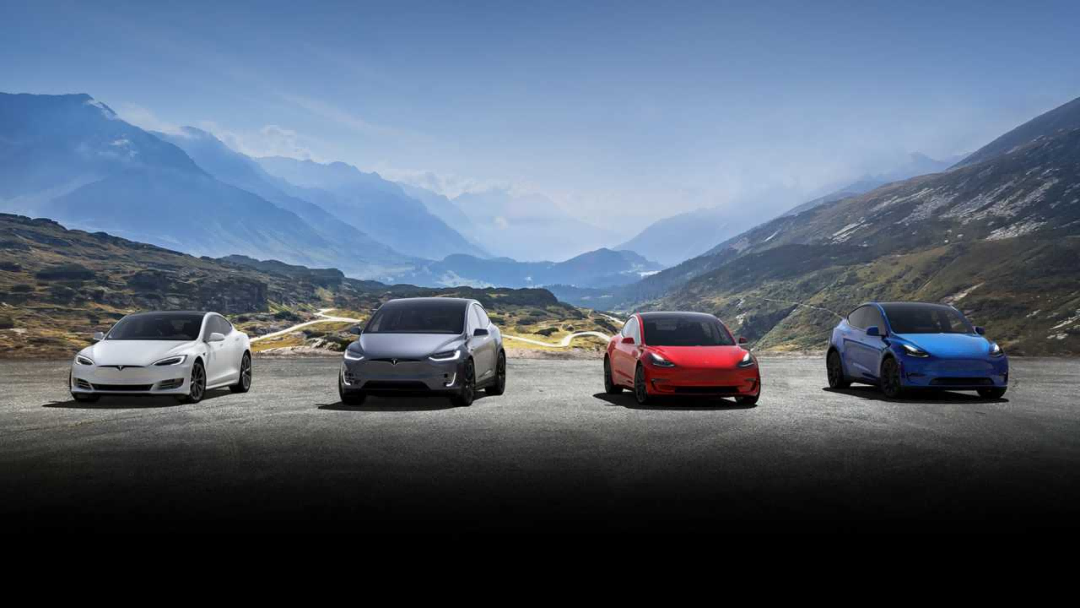
10. Is Tesla’s Chinese super factory expanding? What is the core value of Tesla?
- Tesla is actually investing in production in China, so we have a large factory in Shanghai, and we continue to expand and invest in factories. We also have a factory outside Berlin for producing cars needed in Europe. In the United States, our new factory is just outside of Austin. We hope to announce the location of another Gigafactory as quickly as possible later this year.
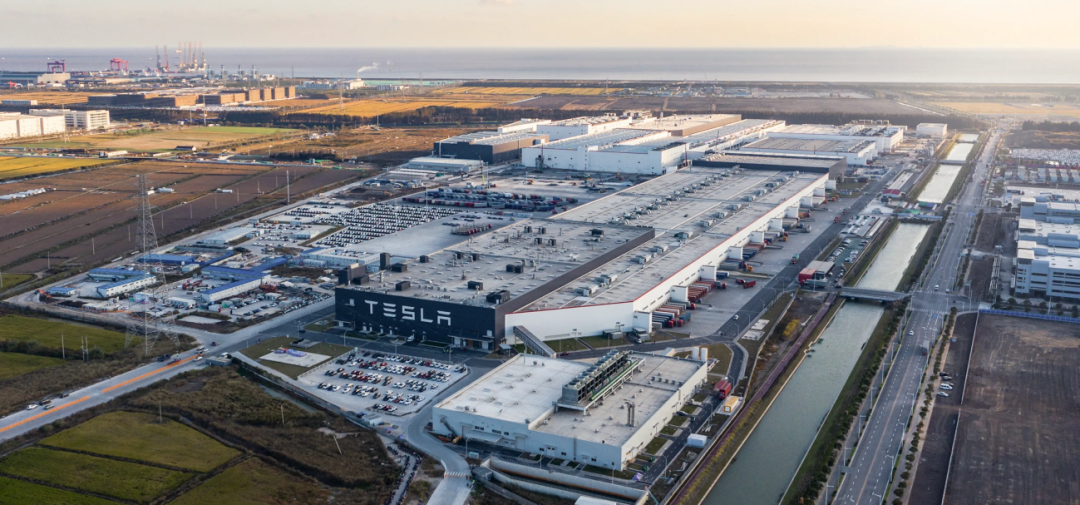
I always say when you look at Tesla, I think the core value of Tesla should not always be profitability but rather how many years Tesla has accelerated humanity’s transition to sustainable energy.
I think we have accelerated it to some extent. You and I think that if it weren’t for Tesla, the auto industry would not have switched to electric vehicles for a long time.
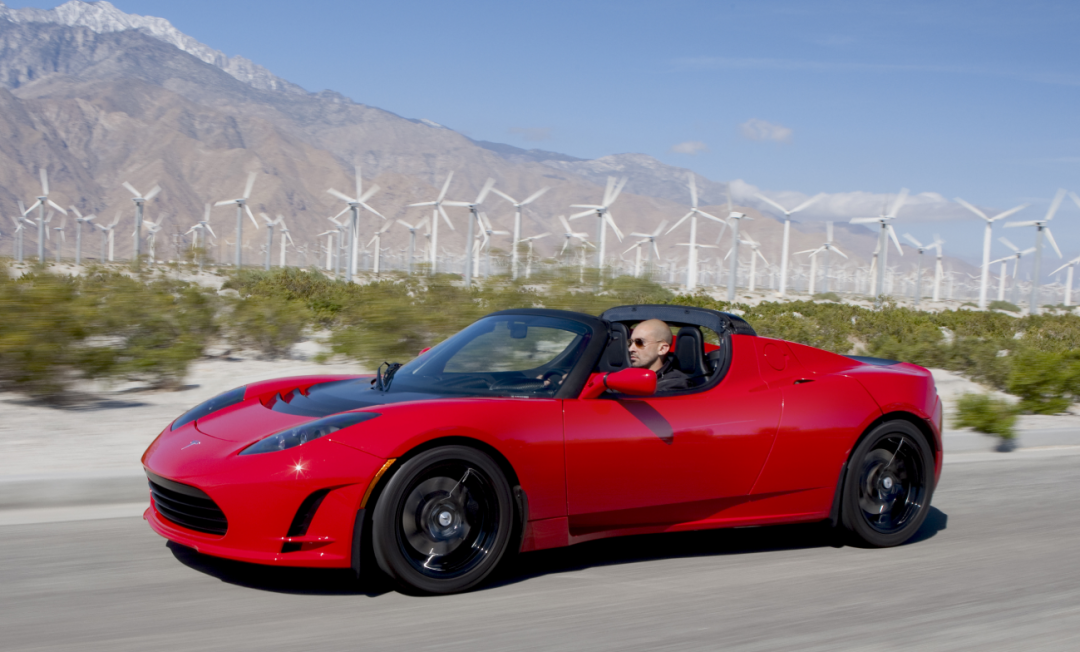
This is an exponential curve, yes. Most people don’t know what an exponential curve means, but it’s a curve of rapid acceleration. I think the situation in sustainable energy is improving exponentially. But if we can make it go faster, it would be even better.
What actually happens is that from its transition, it follows an S-curve. So you have exponential growth, then it’s linear, then it’s logarithmic. That’s basically how any major industrial transformation occurs.
11. How do you view risk?
- I think there are risks for some things, but if the stakes are high enough, then you take the risk. The stakes are very high. It’s very important for the future.
I think there may be many people in this room who have taken a lot of risks. Frankly, I’m just trying to use the scientific method. What is the importance of the outcome being evaluated? What are the risks to achieve this outcome?
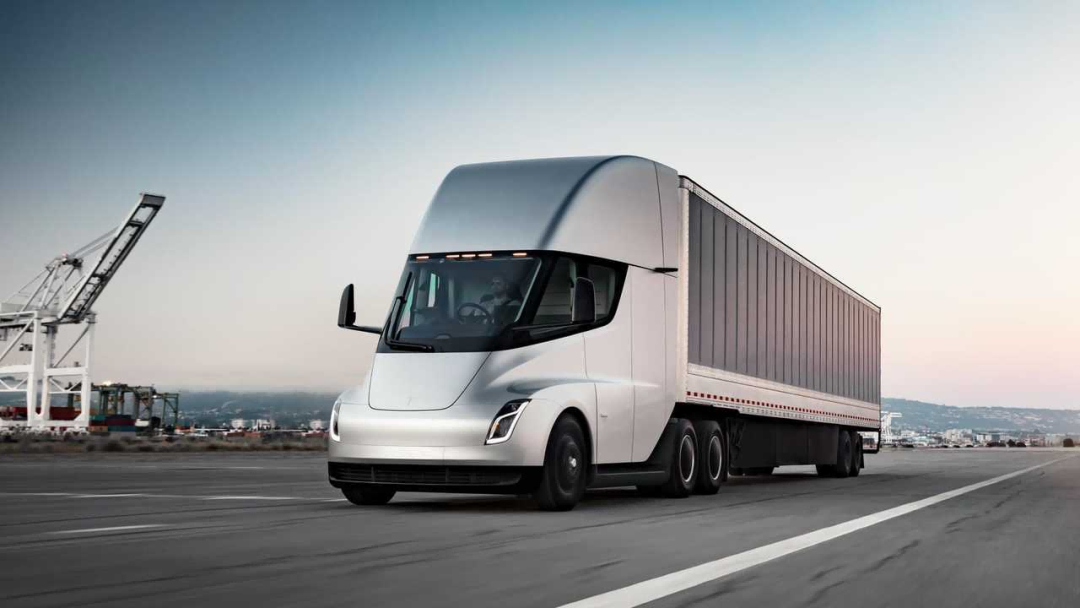
As I said, if the outcome is important enough, even if the probability of success is low, I think it’s necessary to do it. In my opinion, some things are very important. In order to have a bright future, if we don’t do this, we will have big problems and we won’t have a bright future, so we must do it.### 12. What did you do in Ukraine?
- We had some speculation that something might happen in Ukraine, so we placed some STARLINK terminals there in advance just in case. Then we expedited the delivery of many terminals in the days following the outbreak of war, and the Ukrainian government told me it was very helpful.
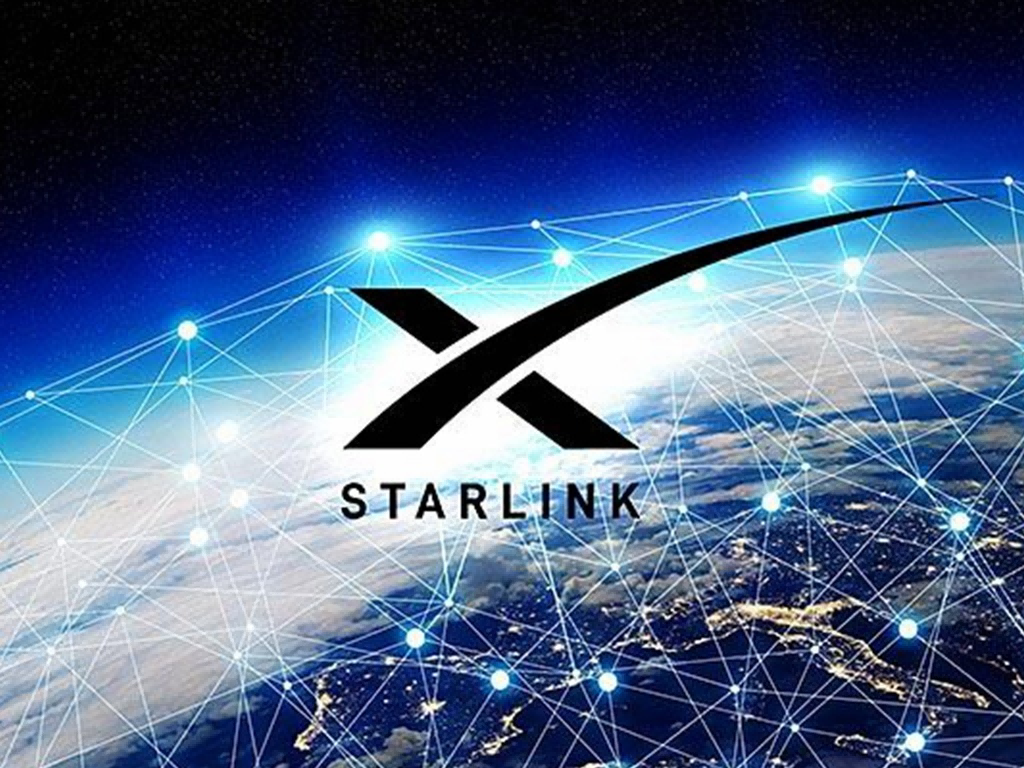
I do hope for peace between Ukraine and Russia.
13. How do you view artificial intelligence?
- Tesla’s goal from the beginning has been to accelerate sustainable development, so that remains our primary goal.
Our secondary goal is to at least solve the real-world intelligent problem, because it’s relevant to autonomous driving cars, and then maybe relevant to humanoid robots, so Tesla is in some sense a AI company, certainly more and more a AI company, but it’s still primarily a sustainable energy company.

I do think we should be careful about AI and make sure it doesn’t get out of control as we develop it. AI will be the much bigger deal than anyone realizes. In fact, I think we should be really concerned about AI safety because people don’t often think about it including smart people. It should be a much higher priority.
14. What keeps you up at night?
- I’m basically a technical expert, or an engineer, which is important.
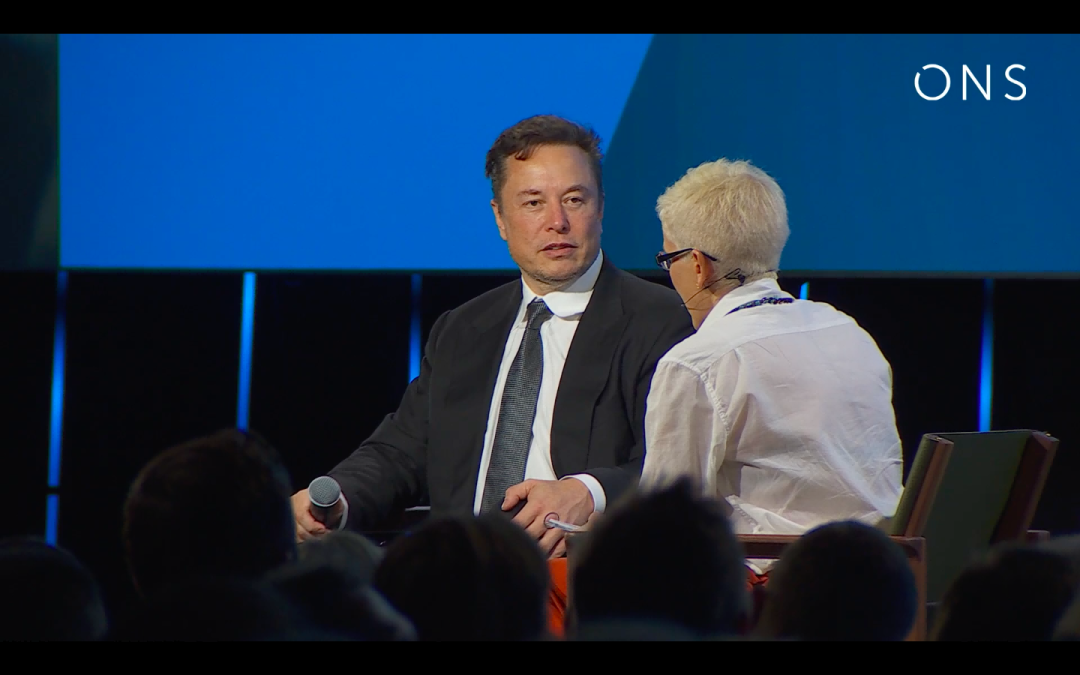
Sometimes people refer to me as a businessperson, and I have to do business, I have to feed a bunch of people because I can’t just work in my own garage.
But I’m basically an engineer or a technical expert, so my focus is on two ideal technologies that we’re striving to complete by the end of this year, which is getting our Starship into orbit, because I think it’s important for us to extend consciousness beyond Earth and we need a base in order to do that. And then making sure that Tesla autopilot is feature complete on full self-driving, so it’s the natural choice. And at least in the US, it will be widely deployed by the end of this year, I’d say, and I think probably Europe as well, if regulatory approval comes through.
-END-
This article is a translation by ChatGPT of a Chinese report from 42HOW. If you have any questions about it, please email bd@42how.com.
